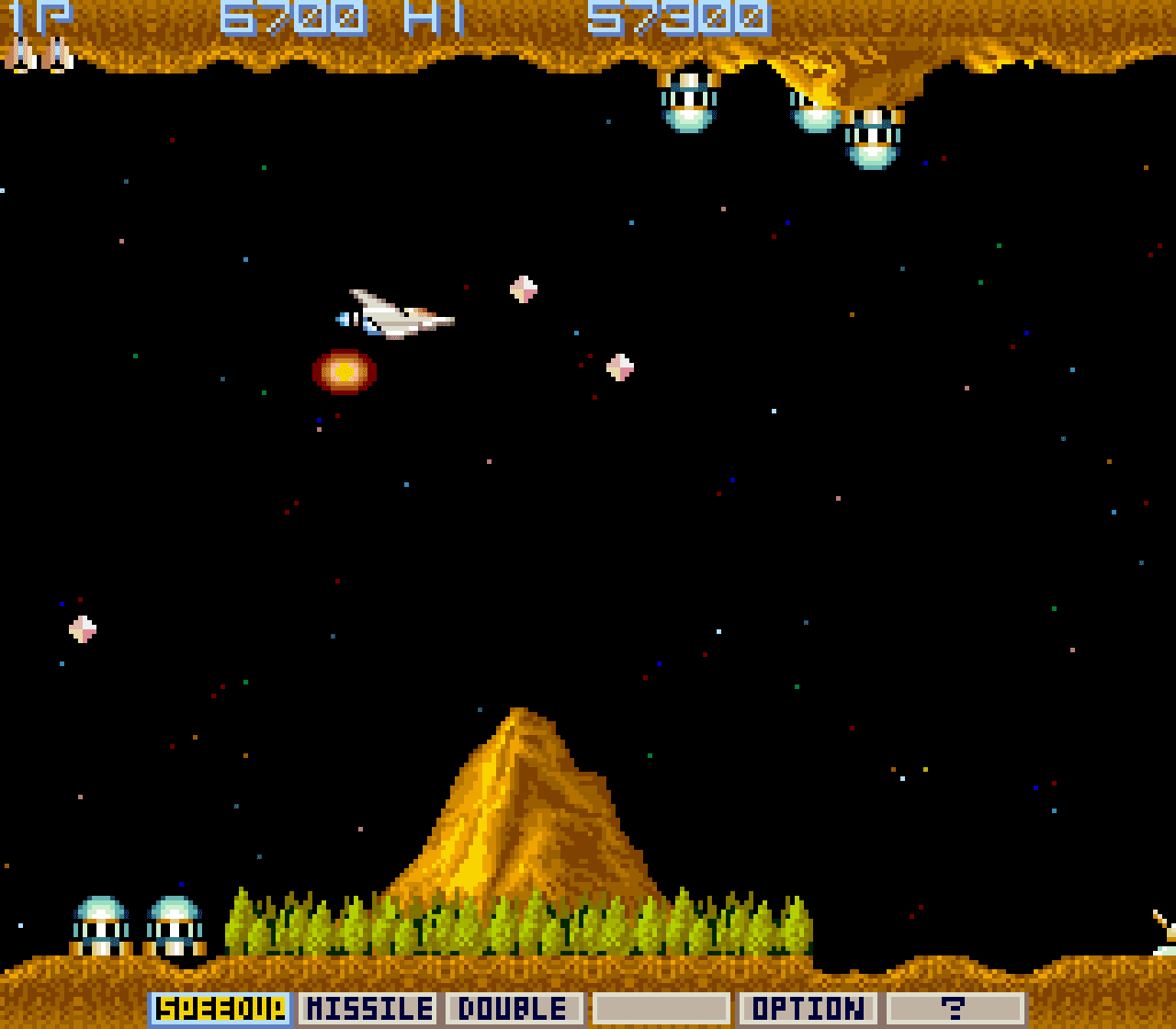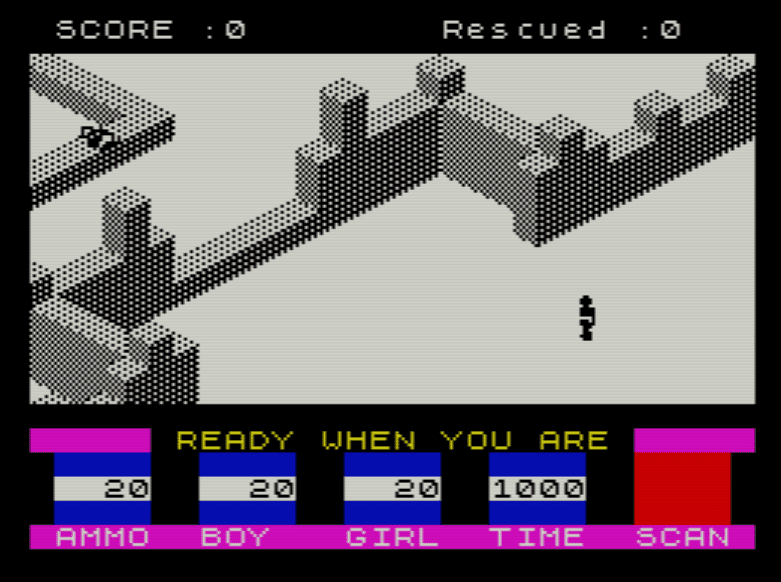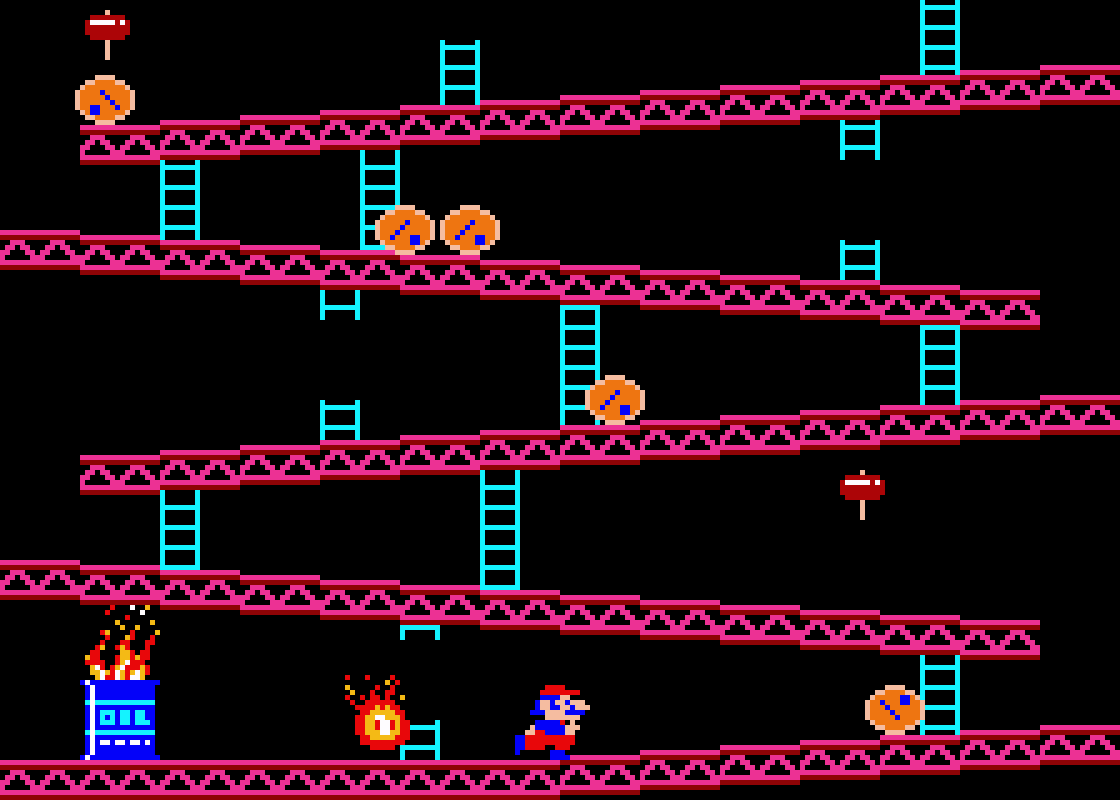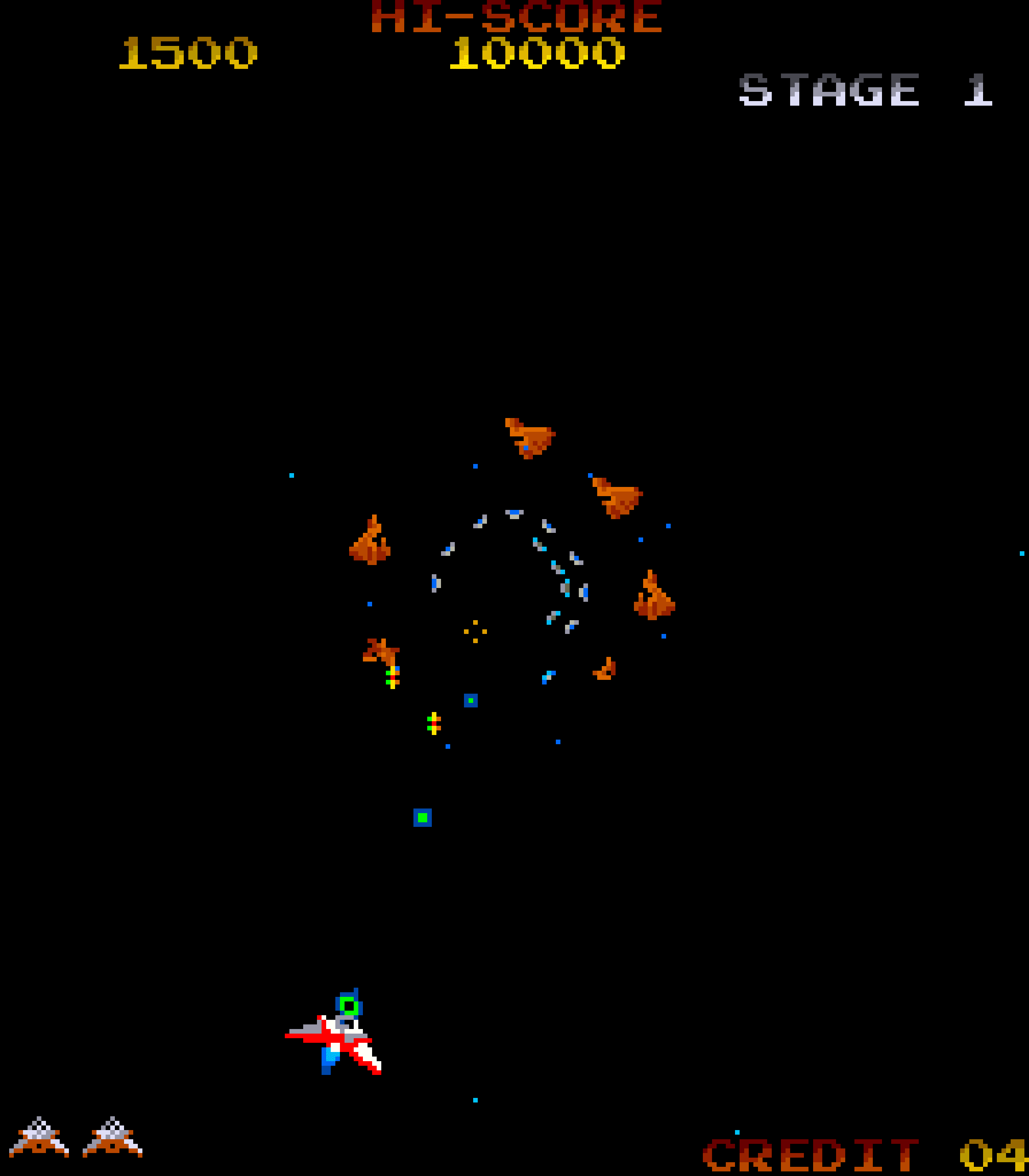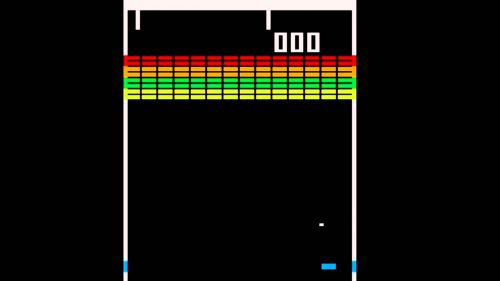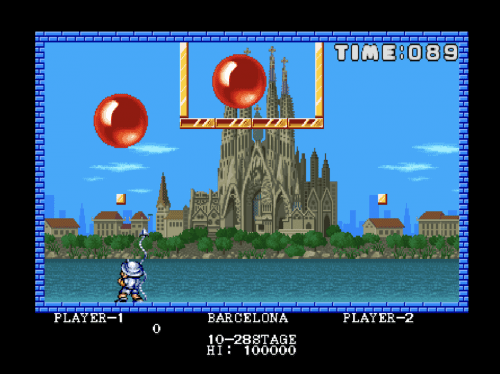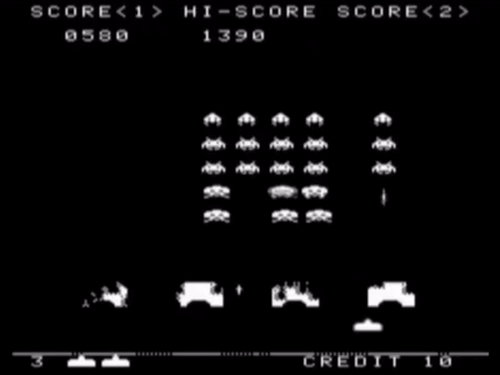Schlagwort: retro games
-

Recreate the sprite-following Options from Gradius using Python | Wireframe issue 16
Reading Time: 4 minutesLearn how to create game objects that follow the path of the main player sprite. Raspberry Pi’s own Rik Cross explains all. Options first appeared in 1985’s Gradius, but became a mainstay of numerous sequels and spin-offs, including the Salamander and Parodius series of games. Gradius First released by Konami in 1985,…
-

Recreate the sprite-following Options from Gradius using Python | Wireframe issue 16
Reading Time: 4 minutesLearn how to create game objects that follow the path of the main player sprite. Raspberry Pi’s own Rik Cross explains all. Options first appeared in 1985’s Gradius, but became a mainstay of numerous sequels and spin-offs, including the Salamander and Parodius series of games. Gradius First released by Konami in 1985,…
-

Coding an isometric game map | Wireframe issue 15
Reading Time: 4 minutesIsometric graphics give 2D games the illusion of depth. Mark Vanstone explains how to make an isometric game map of your own. Published by Quicksilva in 1983, Ant Attack was one of the earliest games to use isometric graphics. And you threw grenades at giant ants. It was brilliant. Isometric projection Most…
-

Make a Donkey Kong–style walk cycle | Wireframe issue 14
Reading Time: 5 minutesEffective animation gave Donkey Kong barrels of personality. Raspberry Pi’s own Rik Cross explains how to create a similar walk cycle. Donkey Kong wasn’t the first game to feature an animated character who could walk and jump, but on its release in 1981, it certainly had more personality than the games that…
-

Create an arcade-style zooming starfield effect | Wireframe issue 13
Reading Time: 3 minutesUnparalleled depth in a 2D game: PyGame Zero extraordinaire Daniel Pope shows you how to recreate a zooming starfield effect straight out of the eighties arcade classic Gyruss. The crowded, noisy realm of eighties amusement arcades presented something of a challenge for developers of the time: how can you make your game…
-

Recreate iconic 1980s game explosions | Wireframe issue 12
Reading Time: 3 minutesRik Cross, Senior Learning Manager here at the Raspberry Pi Foundation, shows you how to recreate the deadly explosions in the classic game, Bomberman. An early incarnation of Bomberman on the NES; the series is still going strong today under Konami’s wing. Creating Bomberman Bomberman was first released in the early 1980s as…
-

Coding Breakout’s brick-breaking action | Wireframe #11
Reading Time: 3 minutesAtari’s Breakout was one of the earliest video game blockbusters. Here’s how to recreate it in Python. The original Breakout, designed by Nolan Bushnell and Steve Bristow, and famously built by a young Steve Wozniak. Atari Breakout The games industry owes a lot to the humble bat and ball. Designed by Allan…
-

Coding Pang’s sprite spawning mechanic | Wireframe #10
Reading Time: 4 minutesRik Cross, Senior Learning Manager here at Raspberry Pi, shows you how to recreate the spawning of objects found in the balloon-bursting arcade gem Pang. Pang: bringing balloon-hating to the masses since 1989. Capcom’s Pang Programmed by Mitchell and distributed by Capcom, Pang was first released as an arcade game in 1989,…
-

Coding Space Invaders’ disintegrating shields | Wireframe #9
Reading Time: 5 minutesThey add strategy to a genre-defining shooter. Andrew Gillett lifts the lid on Space Invaders’ disintegrating shields. Released in 1978, Space Invaders introduced ideas so fundamental to video games that it’s hard to imagine a time before them. And it did this using custom-made hardware which by today’s standards is unimaginably slow.…
-

Ben’s Raspberry Pi Twilight Zone pinball hack
Reading Time: 4 minutesWhen Ben North was faced with the dilemma of his nine-year-old son wanting him to watch his pinball games while, at the same time, Ben should be doing housework, he came up with a brilliant hack. Ben decided to investigate the inner workings of his twenty-year-old Twilight Zone pinball machine to convert…
